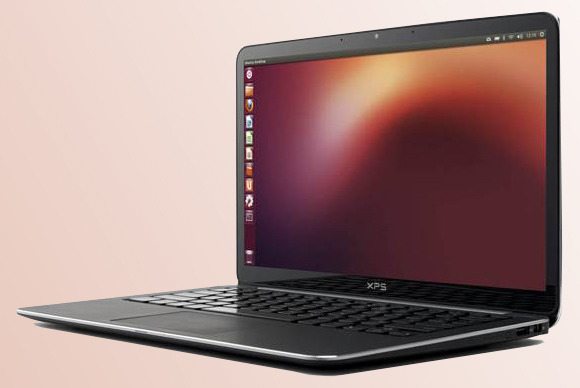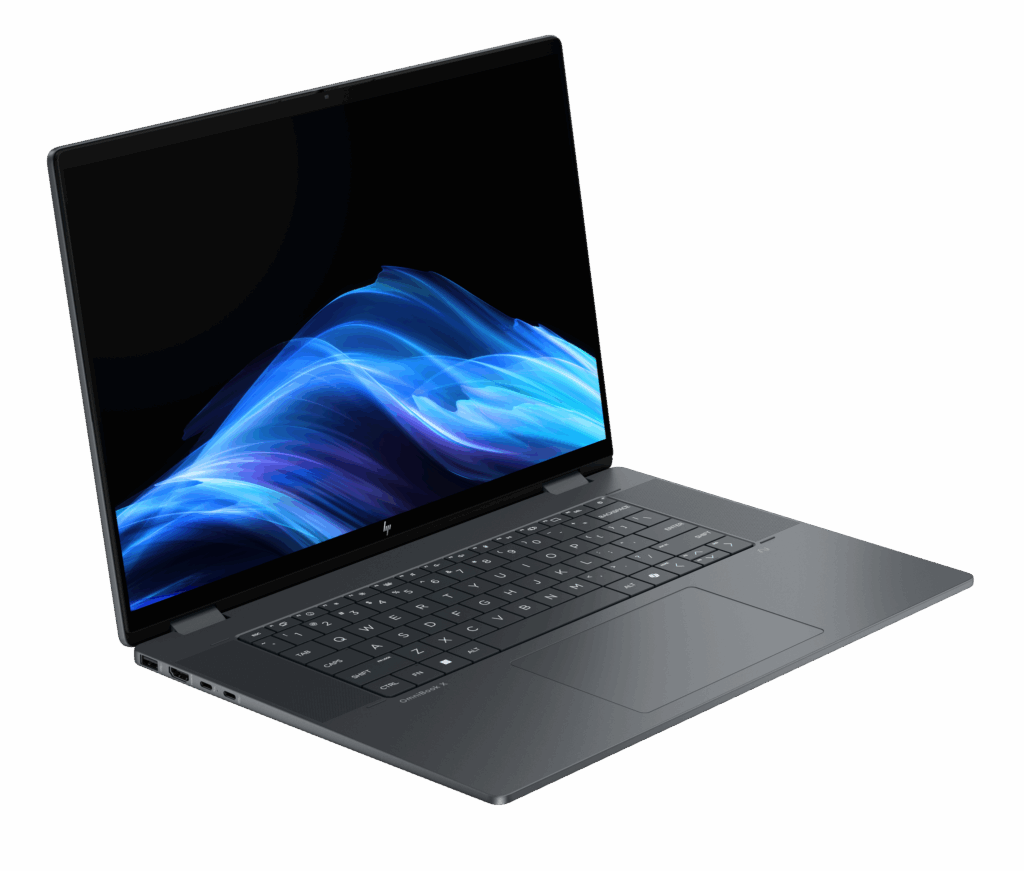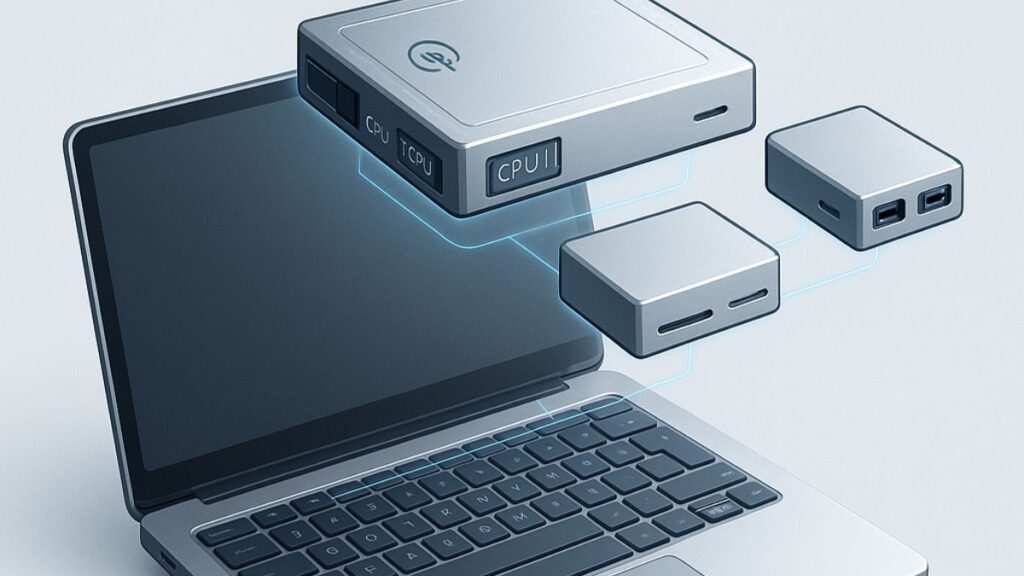Is it time for you to dump Windows XP, or maybe to abandon Windows altogether? Windows 8 has improved significantly with the 8.1 upgrade. Nevertheless, for many users, Windows 8’s modern-style interface—incorporating major changes like Live Tiles and the removal of the Start menu—remains an object of scorn. And security has always been a bigger headache for Windows than for other platforms.
If you’re still running Windows XP, making the switch to Windows 8.1—or to Windows 7, if you can find it—will probably involve replacing more than just the operating system. Your current hardware may not be able to handle a newer Windows OS; and even if it can, you’ll likely need to replace software and peripheral devices, as well.
If you’re going to invest money and time in making the transition to a new OS, you might as well consider all your options. Microsoft’s stranglehold on the desktop market has loosened over the past few years. Mac OS X, Linux, and even Chrome OS are sophisticated operating systems and are enjoying growing mainstream adoption. Here’s what to expect if you embrace one of these alternatives.
Mac OS X
There’s a reason people (and not just Apple marketers) say “once you go Mac, you’ll never go back.” Apple defined the GUI we know today and set the bar for user-friendly computing. Macs have a reputation for being expensive, but that’s not entirely accurate these days. You can certainly find cheaper Windows-based desktop and laptop options, but in bang-for-the-buck terms, Macs are on a par with—and sometimes cheaper than—similarly equipped Windows machines.
Pros
OS X’s most obvious advantage is that it raises far fewer security concerns than Windows. One disadvantage of being the dominant OS is that you have the biggest target on your back. Macs aren’t immune to malware attacks, but using one significantly reduces your security risk.
OS X also has the edge in cost. The full version of Windows 8.1 will set you back $120. For the past several years, OS X upgrades have run just $20 to $30, and thelatest version, Mavericks, is free. OS X also comes with its own productivity suite (iWorks), and boasts proficient email, note-taking, calendaring, media-playing, image-editing, and instant messaging applications.
With a Mac OS X system, you can continue to run Windows—either in a dual-boot configuration, or as a virtual machine using a program like Parallels. You would still need a legally licensed copy of Windows, however, and you would still need patch and update whatever version of Windows you ran. The system would also be susceptible to the same security vulnerabilities as a stand-alone Windows PC, but you could continue using legacy Windows software for applications that you can’t discard…
Read the entire article at PCWorld: Closing the door on Windows: A guide to changing operating systems.
- The Evolving Face of Ransomware — and How We Can Stay Ahead of It - August 15, 2025
- Why We Need to Treat AI Agents More Like Human Employees - August 13, 2025
- Why Data Must Be the Heart of Cybersecurity - August 8, 2025



